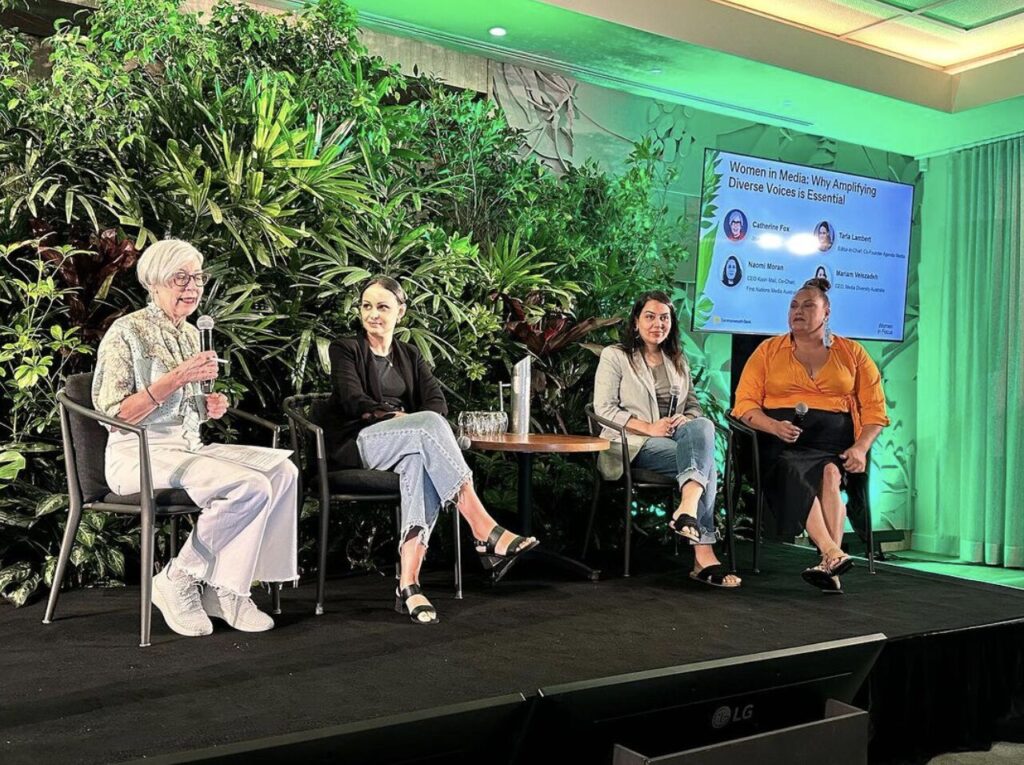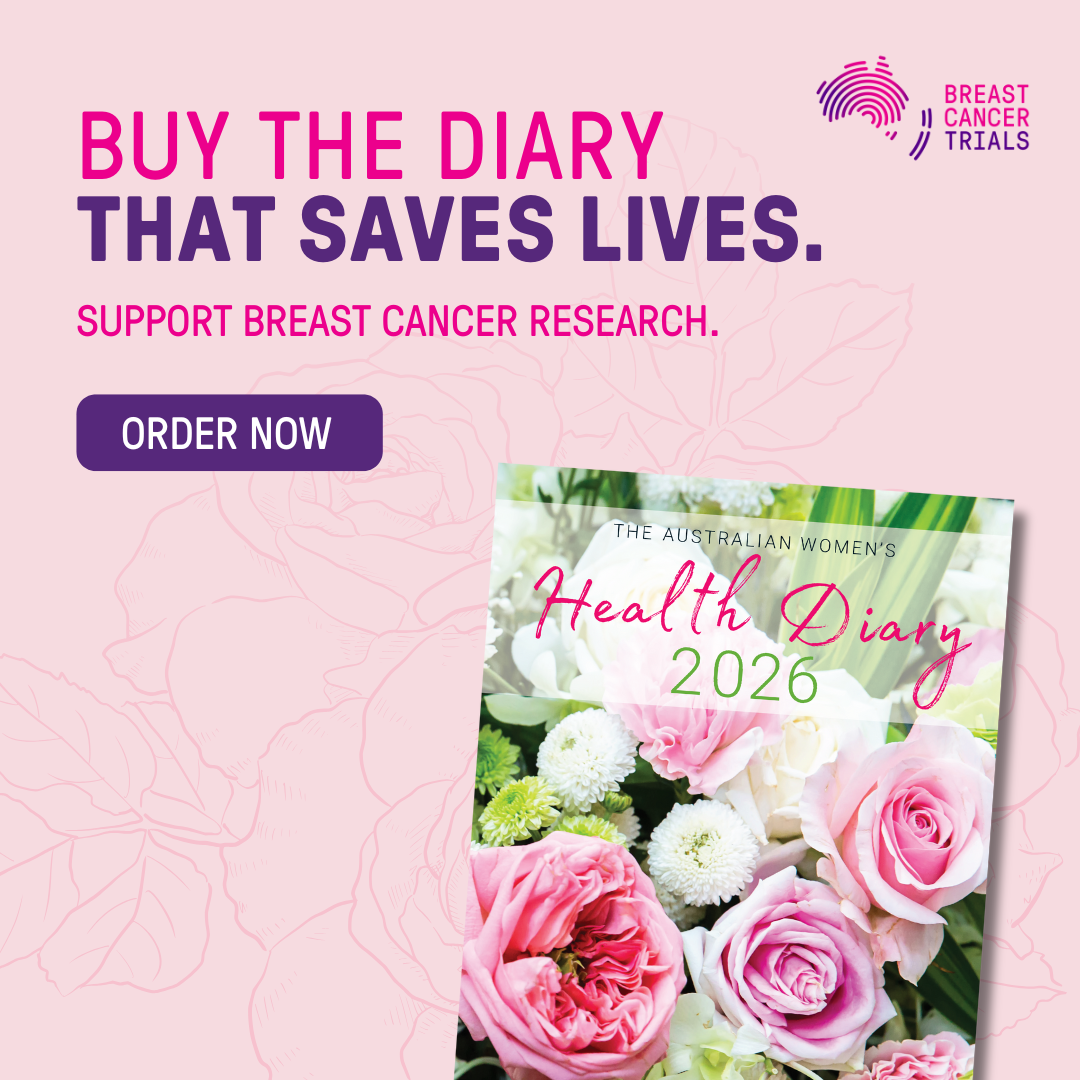Women’s representation in Australia’s mainstream media landscape has a long way to go as, all too often, the voices of those with lived experience aren’t given the platform they need to elicit real change.
“If we don’t have women as experts, as writers, as reporters, we are never going to see the issues framed in the way we need them framed, and we’re never going to find the solutions we need to find,” says Tarla Lambert, editor-in-chief and co-owner of Women’s Agenda, on a panel at Commbank’s Women in Focus conference last month.
“Too often in organisations or in the media, we hear that it’s too hard to find women, it’s too hard to find experts or thought leaders– but do we really feel that there are more experts called Andrew or Michael or Simon than qualified women?”
Lambert adds that the crux of problem lies in “the fact that the vast majority of media is monopolised by one incredibly powerful and very old man” and the staff at these organisations tend to be biased towards their male-centric networks.
“That’s who’s represented,” she says. “But in my day job, I get the opportunity to hear the stories and interview incredible women across industries, and I know what talent there is in this country.”
“We have an amazing pipeline of women in media,” she adds. “Women are amazing mobilisers, particularly over the last few years, I think we’ve really shown how capable we are of rallying together and causing breakdowns in the systems in beneficial ways.”
Lambert also notes what’s at risk when we neglect to cover news from an intersectional perspective. An issue like climate change for instance, is something that will have more profound impacts on women and girls globally. But if female reporters are missing on this subject, we will never understand the true gender context.
Joining Lambert on CommBank’s panel, Mariam Veiszadeh, CEO of Media Diversity of Australia, says the organisation is conducting research on media’s diversity “because you have to quantify the problem in order to solve it”.
“Mainstream media usually don’t like that research because it holds up a mirror and they don’t like their reflection in that mirror,” she says.
Nevertheless, the problem can’t be ignored, and Media Diversity has been working to bring together Media CEO’s from across Australia’s mainstream media landscape to sit around a table and discuss the issues annually.
“We actually need to walk alongside the media in Australia and get them to buy into the solutions,” says Veiszadeh.
On the panel as well, Naomi Moran, the co-chairperson of First Nations Media Australia and proud Nyangbal, Arakwal and Dunghutti woman, says that when it comes to the lack of women’s voices in the media landscape, another issue to look at is who seems to be driving the agenda– if it’s not the person with lived experience, then something needs to change.
“This country has a really bad habit of not understanding the difference between freedom of opinion but also what is your lived experience and how does that give you the right to speak on issues that aren’t based on your own lived experience,” says Moran.
“Unless it is your lived experience as a female, know your place with how you present the conversation as opinion.”
“There’s a lot of males in the mainstream media landscape who are constantly positioning themselves as drivers of the agenda, rather than staying in their lane, giving their opinion and letting women drive the agenda around the issues that directly affect women.”
Allowing women to be the drivers of the agenda also means creating a culturally safe space for them to do so.
Moran says that whether this space is in the media sector, or any other sector, those that take responsibility to share their stories “put themselves at risk of being psychologically damaged or traumatised” and therefore, need to be able to trust that they’ll be listened to and respected.



